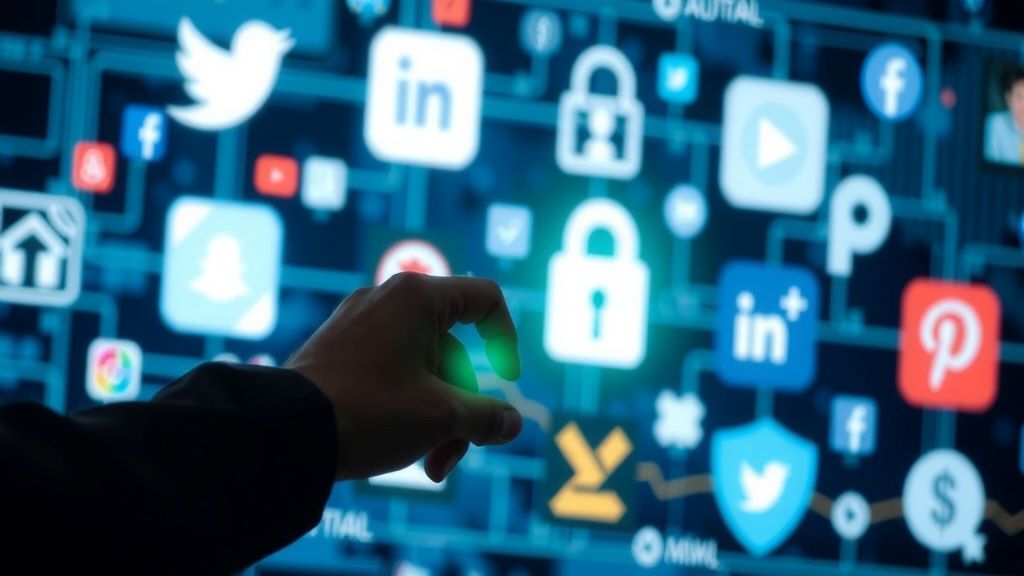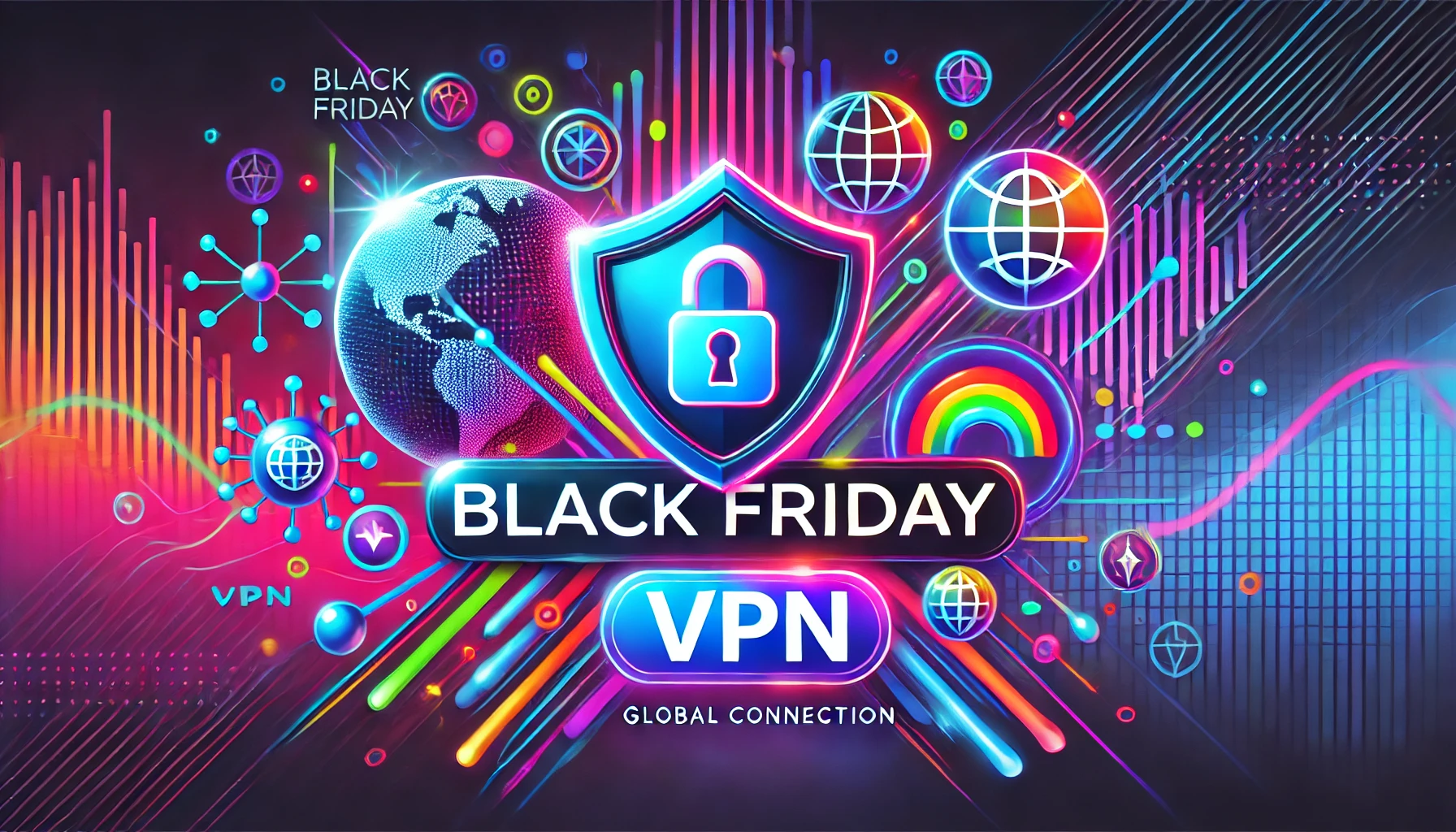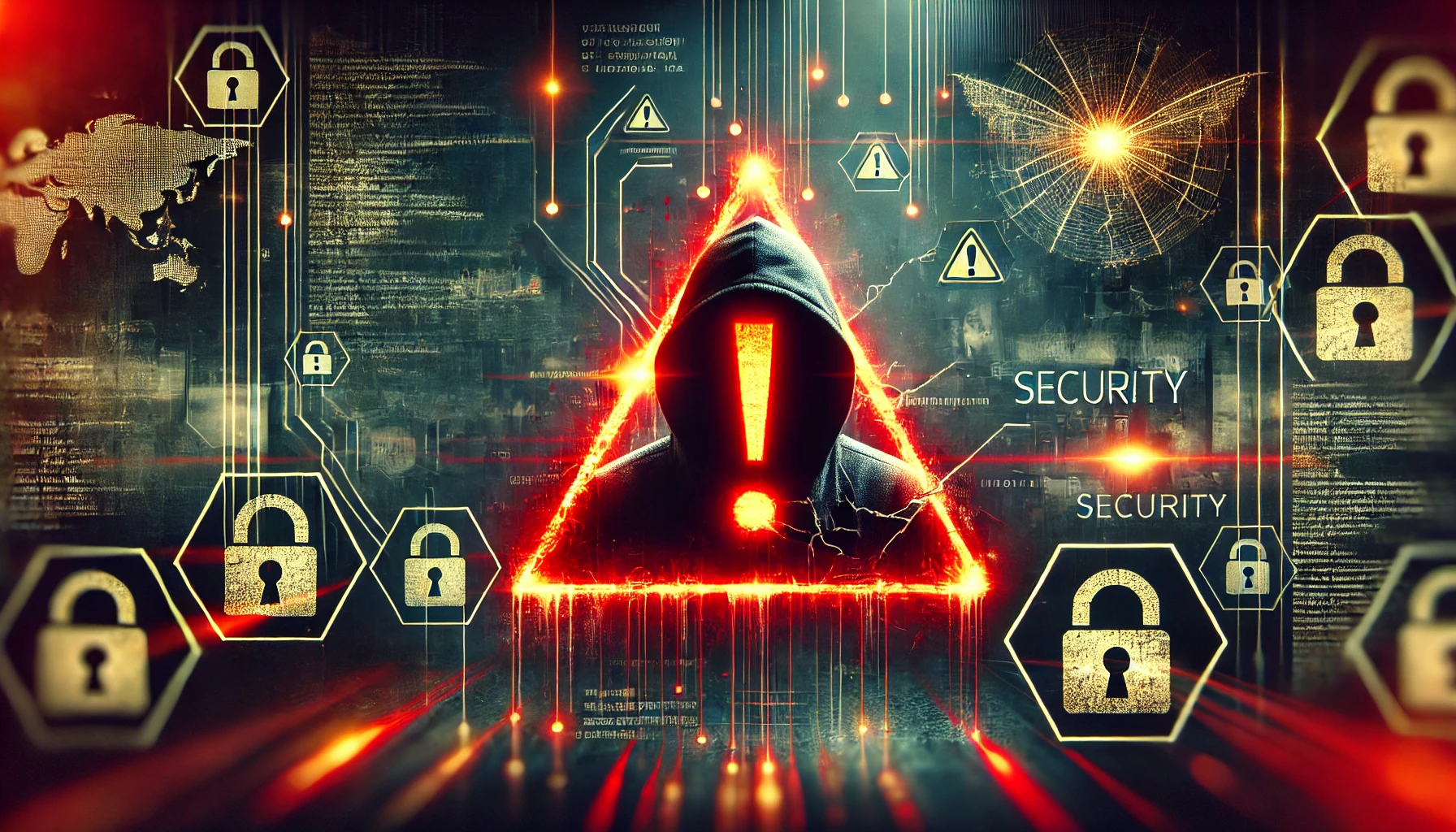Social media has become a vital part of modern life, with billions of users worldwide sharing, connecting, and communicating on platforms like Facebook, Twitter, Instagram, and LinkedIn. While these platforms offer numerous benefits, they also present significant security risks. Social media security involves the practices and tools used to protect user information, maintain privacy, and prevent cyber threats. In this article, we’ll explore what social media security is, why it’s important, common risks users face, and practical steps to enhance your security on these platforms.
ADS

Why is Social Media Security Important?
- Protection of Personal Information: Social media users often share personal information, including birthdates, addresses, and phone numbers. Without proper security measures, this information can be accessed by malicious individuals who may use it for identity theft, phishing, or even stalking.
- Prevention of Account Hacking: Hackers frequently target social media accounts for various purposes, including spreading malware, impersonating users to defraud friends, or stealing sensitive data. Implementing security measures on social media accounts helps prevent unauthorized access and protects both the account holder and their network.
- Maintaining Privacy: Privacy concerns on social media have grown over the years, with users becoming more aware of how their data is used and shared. Security tools and practices empower users to control who sees their content and reduce the risk of sensitive information being exposed.
- Safeguarding Reputation: Social media profiles often serve as extensions of personal and professional reputations. By maintaining strong security, users can avoid incidents that might harm their reputation, such as posting unauthorized content or being impersonated by a hacker.
- Avoiding Financial Fraud: Scammers often use social media to trick users into providing financial information or transferring money. Strong security practices help users identify and avoid fraudulent schemes, protecting them from financial losses.
Common Security Risks on Social Media
- Phishing Scams: Phishing on social media involves scammers pretending to be trusted contacts or organizations to steal personal information. These scams may occur through direct messages, fake websites, or even by creating phony profiles to lure users into sharing sensitive data.
- Malware Links: Hackers often post or send links that, when clicked, install malware on a user’s device. Malware can steal data, monitor activity, or lock files in exchange for ransom (known as ransomware). Users should be cautious of suspicious links, even if they come from known contacts.
- Impersonation: Impersonation occurs when a person creates a fake profile that mimics another user. These fake accounts are used to deceive friends, family, or followers into revealing sensitive information or sending money. Impersonation can harm a user’s reputation and lead to financial losses.
- Oversharing: Many users unknowingly share too much personal information, making themselves vulnerable to security risks. For example, posting about vacations can signal to burglars that a home is vacant, and sharing birthdates or other personal details can provide hackers with information needed to guess passwords.
- Weak Passwords: Many social media users still use simple passwords that are easy to guess. Hackers can exploit weak passwords to gain access to accounts, often leading to further security breaches. It is essential to create strong, unique passwords for each account.
- Unsecured Wi-Fi Connections: Accessing social media accounts on public or unsecured Wi-Fi networks increases the risk of hacking. Cybercriminals can intercept data on these networks, potentially accessing login credentials or other sensitive information.
Key Social Media Security Strategies
- Use Strong, Unique Passwords: Each social media account should have a unique password that is difficult to guess. A strong password includes a mix of letters, numbers, and symbols. Avoid using personal information, such as birthdates, as these details are often accessible on your profile.
- Enable Two-Factor Authentication (2FA): Most major social media platforms offer two-factor authentication, which requires an additional form of verification (e.g., a code sent to your mobile device) to log in. This adds a layer of security by making it more difficult for unauthorized individuals to access your account.
- Review Privacy Settings: Social media platforms offer various privacy settings to control who can view your content. Regularly review and update these settings to limit visibility to only those you trust. For example, you can adjust settings to make posts visible only to friends or specific groups.
- Be Cautious with Friend Requests and Messages: Avoid accepting friend requests from people you don’t know personally, as some profiles may be fake. Similarly, be wary of direct messages from unknown users, especially if they contain links or requests for information.
- Avoid Clicking on Suspicious Links: Even if a link comes from someone you know, approach with caution if it seems unusual or unexpected. Hackers often gain access to accounts and send harmful links to the victim’s contacts. Use antivirus software to scan links, and avoid opening any that look suspicious.
- Log Out on Shared Devices: When using a public or shared device to access social media, always log out when finished. This prevents others from accessing your accounts and personal information. Additionally, avoid saving passwords on shared devices.
- Monitor for Impersonation: Regularly search for duplicate or fake accounts under your name, especially if you have a large social media following. Report any accounts impersonating you or using your images, and encourage your network to do the same if they spot suspicious profiles.
- Limit the Information You Share: Be selective about what you post, and avoid sharing details that could be used to identify or locate you, such as your home address or travel plans. Oversharing can increase the risk of stalking, theft, and other security threats.
- Use Secure Wi-Fi: Whenever possible, use secure, password-protected Wi-Fi networks. Public Wi-Fi networks are often unencrypted, allowing hackers to intercept data transmitted over the network. Using a VPN (Virtual Private Network) can further protect your data on public networks.
Staying Informed and Adapting
Social media platforms frequently update their security and privacy features, so it’s essential to stay informed about these changes. Follow the official blogs or help pages of the social media networks you use to learn about new security features, policy changes, and potential risks. Being proactive and adapting to new security recommendations can further safeguard your information and prevent incidents.
Conclusion
Social media security is vital for anyone who uses these platforms to connect, share, and interact online. From protecting personal information to avoiding financial scams, robust social media security practices help users maintain control over their digital presence. By adopting strong passwords, enabling two-factor authentication, and regularly reviewing privacy settings, users can minimize the risks associated with social media. Furthermore, by staying informed about potential threats, users can confidently navigate the digital landscape while protecting their personal information and reputation.
For more information on social media security, you can visit trusted resources such as the National Cybersecurity Alliance (NCSA) and CyberAware.gov.


